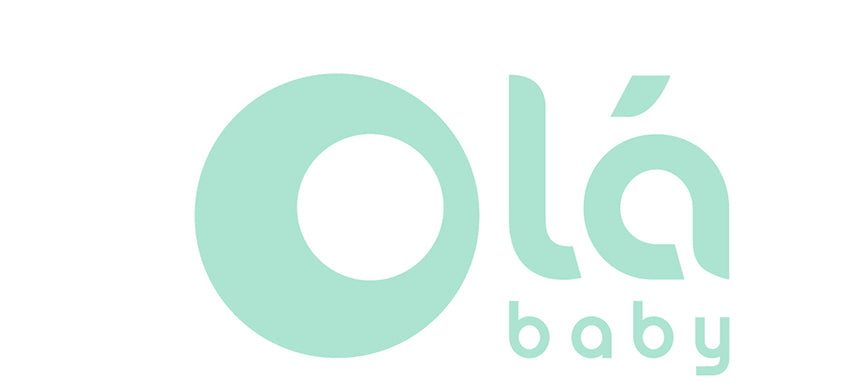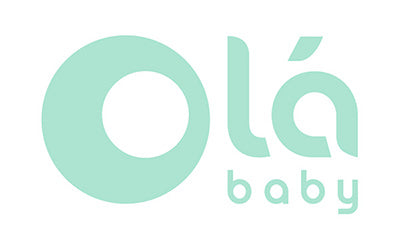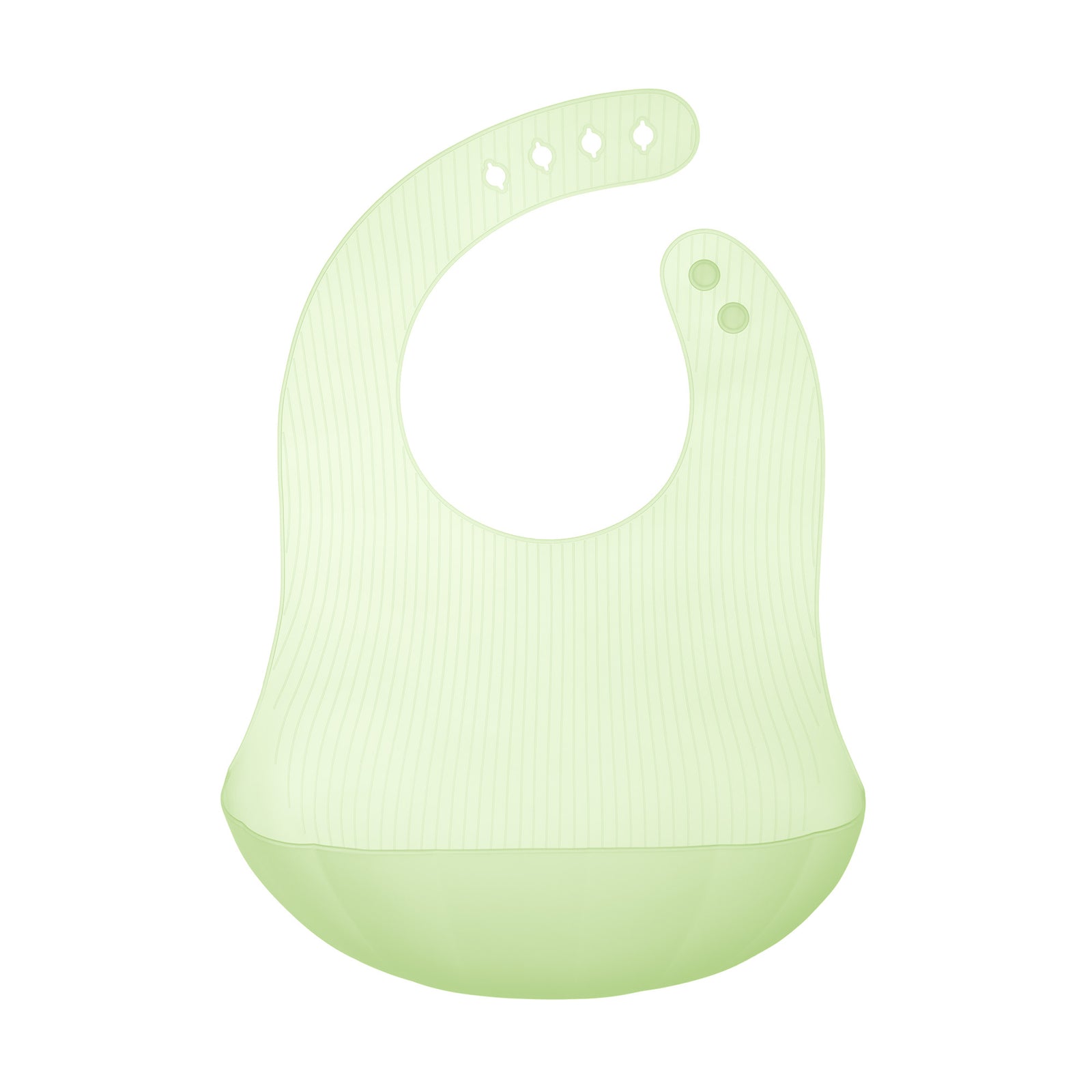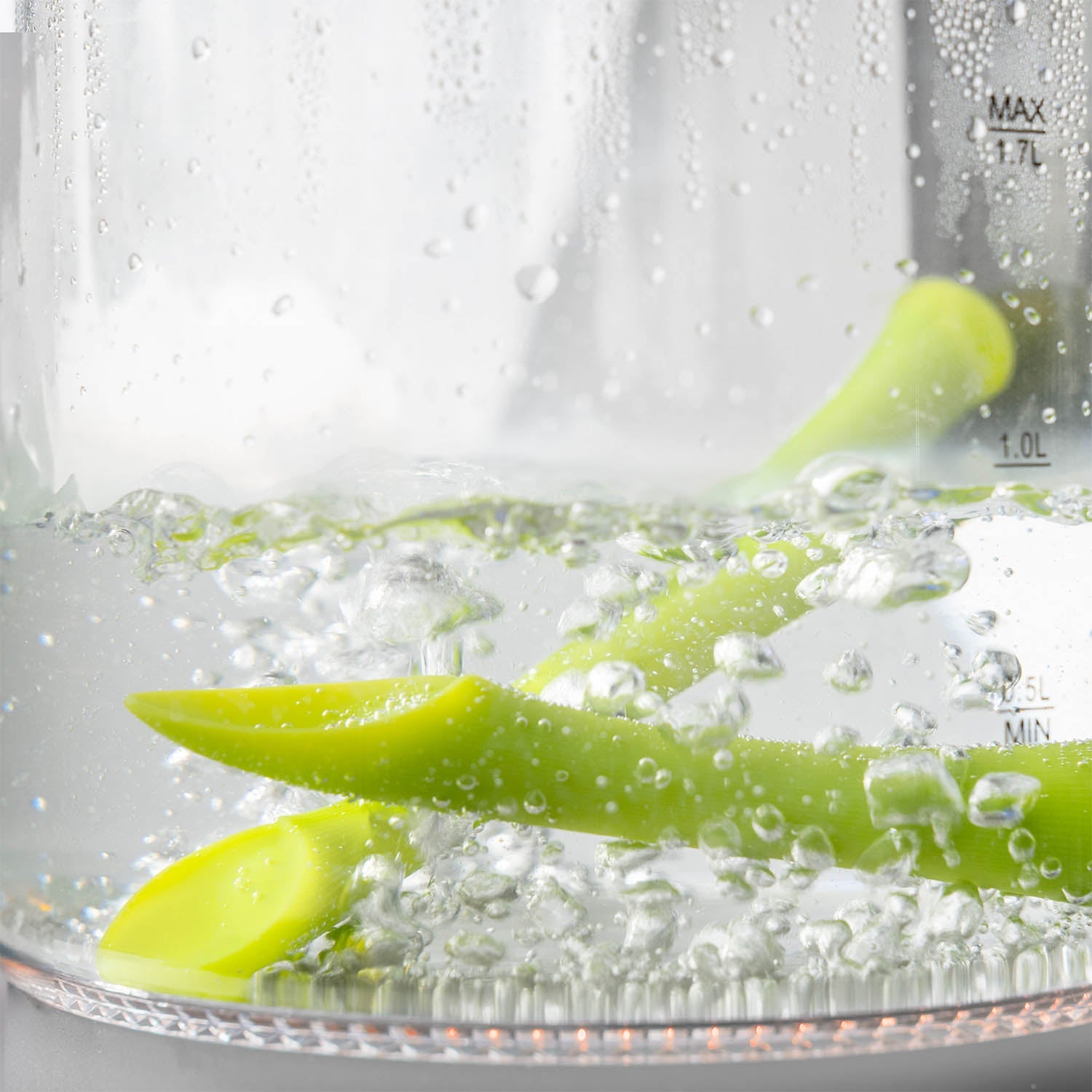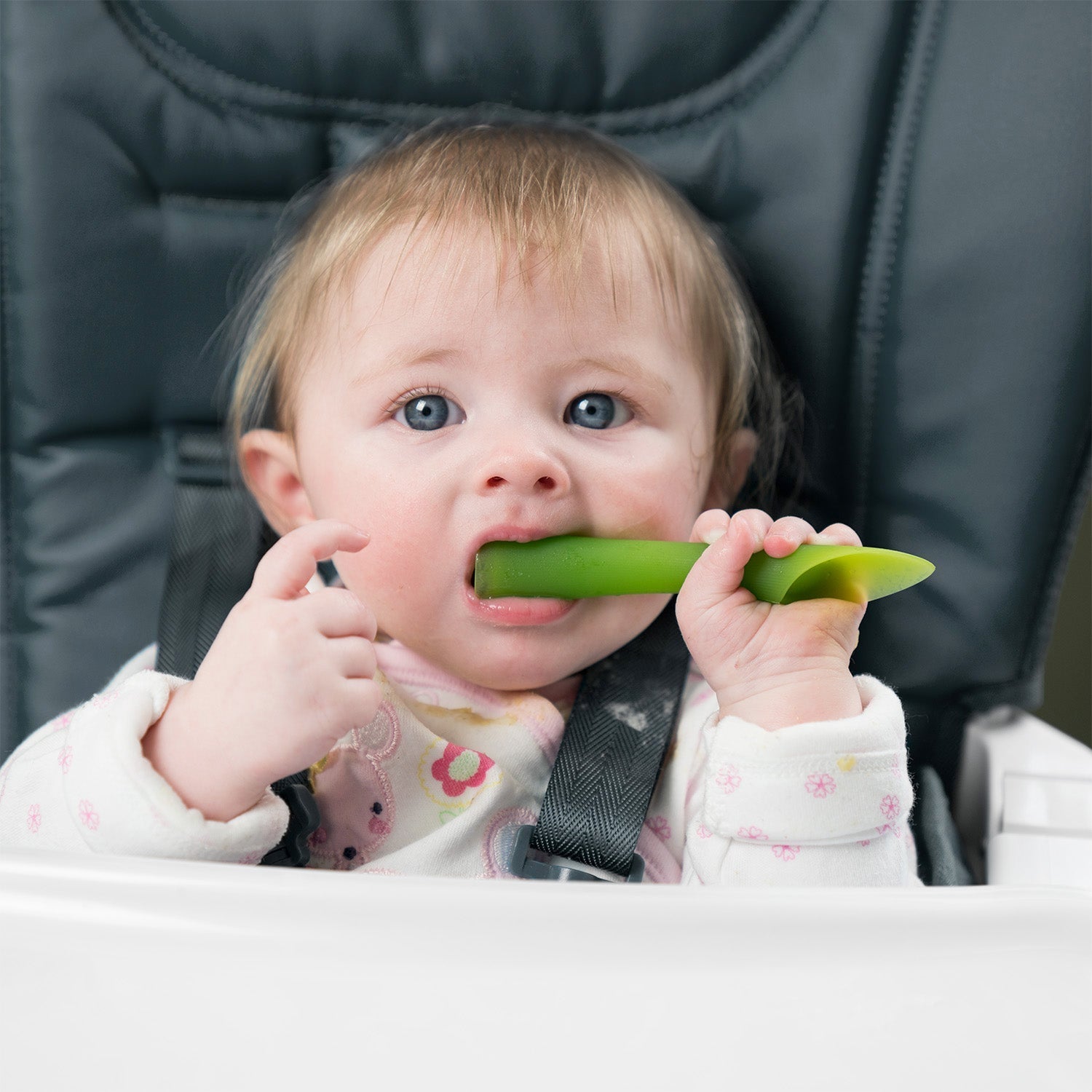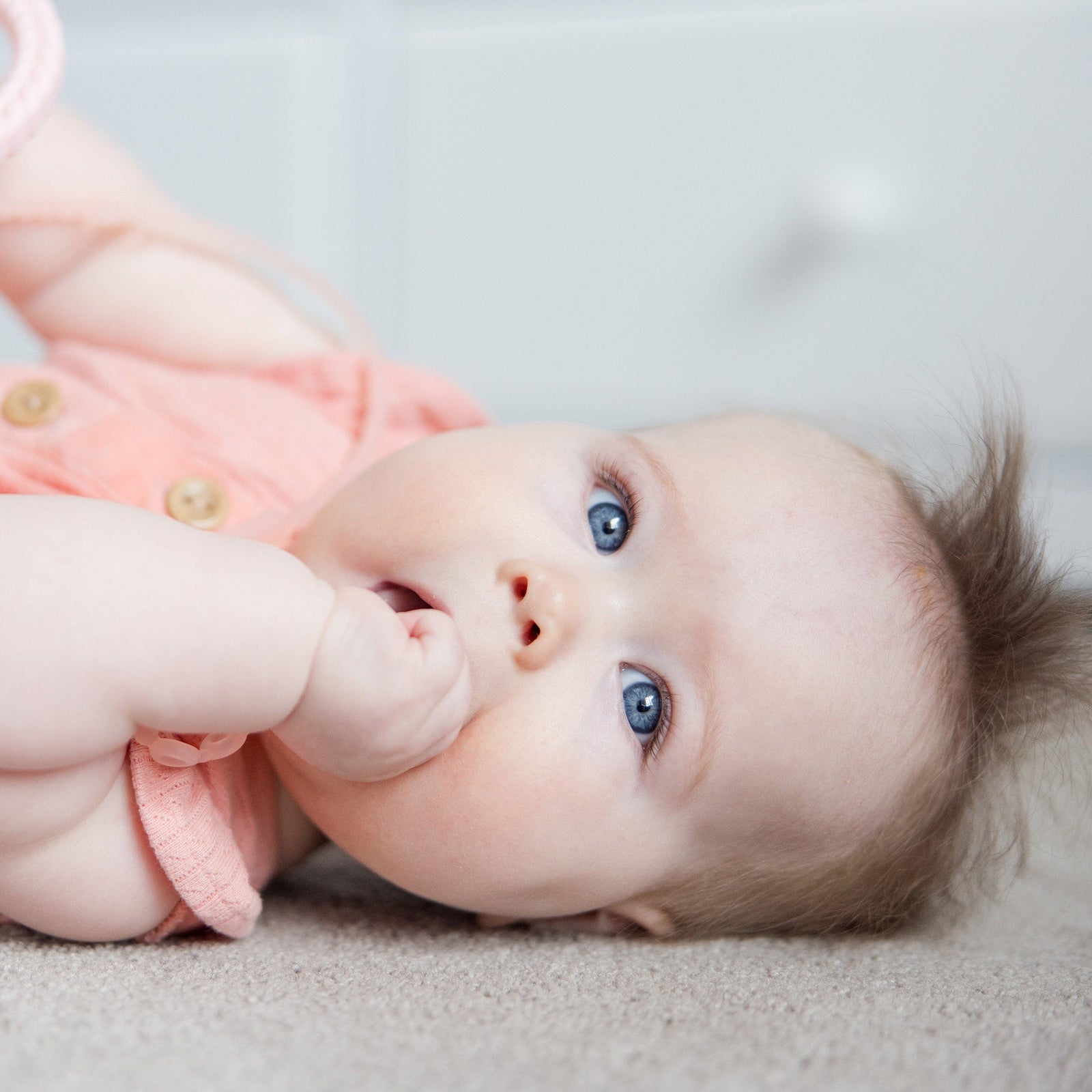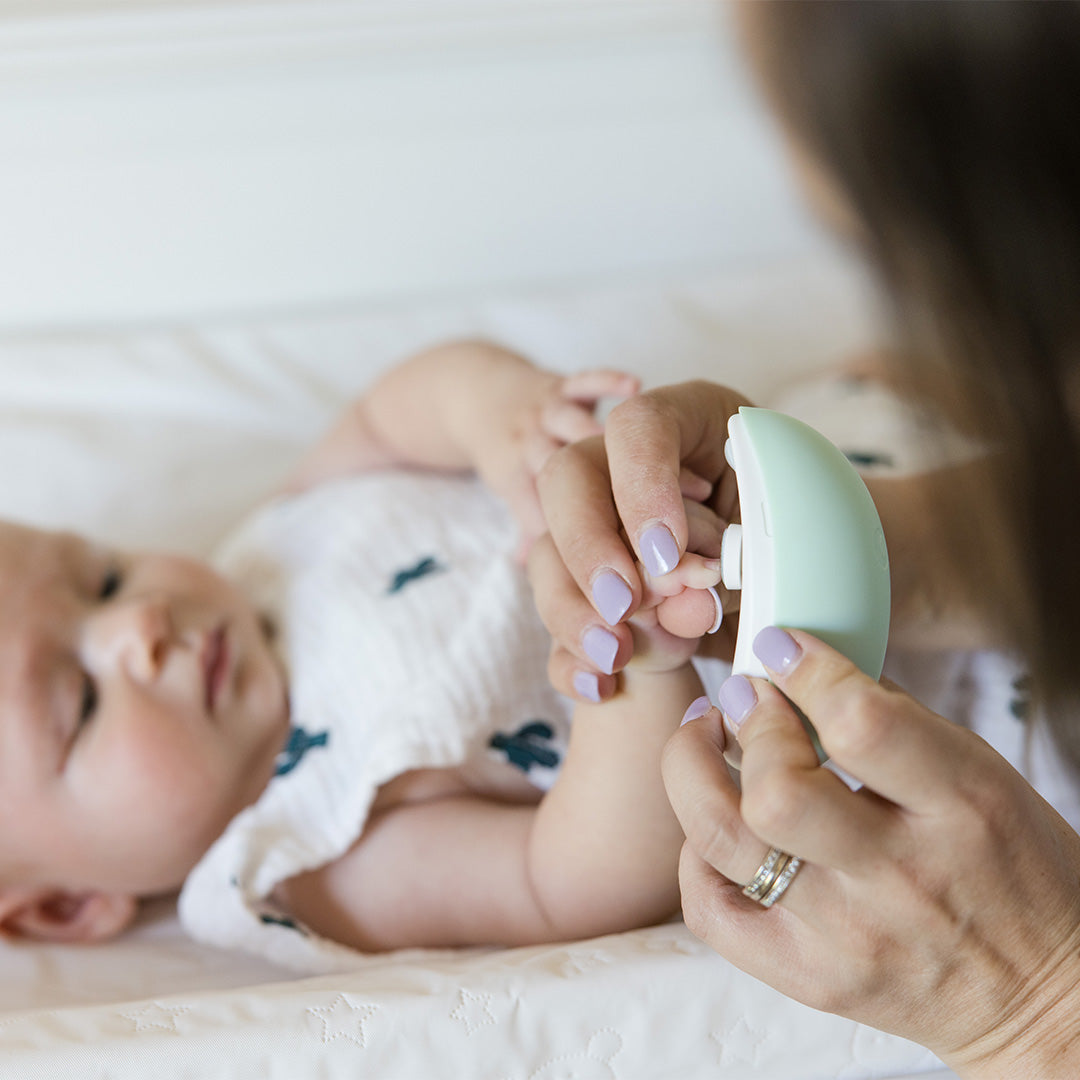As a baby product design expert, my days are spent meticulously considering materials, functionality, safety, and the delightful user experience for both infants and parents. We strive for innovation, comfort, and, above all, the well-being of the little ones who will use our creations. But amidst the quest for the perfect teether or the most ergonomic bottle, a silent, pervasive challenge has emerged that demands our urgent attention: microplastics. Are we, in our pursuit of convenience and cost-effectiveness, inadvertently designing a plastic problem into the very products meant to nurture our babies?
The stark reality is that microplastics – those minuscule fragments of plastic under 5 millimeters – are not just polluting our oceans; they are infiltrating our nurseries and, more alarmingly, the bodies of our infants. Recent studies have unveiled a concerning truth: babies are exposed to, and ingesting, microplastics at levels often higher than adults. This isn't merely an environmental issue; it's a critical design and public health imperative that we, as product developers, can no longer afford to overlook.
Our design choices have profound implications. Consider the ubiquity of polypropylene plastic baby bottles. While our industry laudably moved to "BPA-free" alternatives, the science now reveals a new layer of complexity. Heating these bottles, whether during sterilization or when warming formula, can unleash millions of microplastic particles per liter directly into the baby's feed. This suggests that the very materials we’ve selected for their purported safety and durability are, under common usage conditions, contributing to a baby's daily microplastic intake. And it extends beyond bottles: synthetic fibers in baby clothing, plastic components in toys, pacifiers, and even seemingly inert packaging all contribute to this cumulative exposure. Babies, with their innate mouthing behaviors and rapidly developing systems, are uniquely susceptible to absorbing these particles from their immediate environment.
From a design standpoint, the potential health implications are a serious consideration. While research is still unfolding, concerns range from inflammatory responses and disruptions to the delicate gut microbiome to broader developmental impacts. Our responsibility goes beyond preventing immediate hazards; it extends to ensuring long-term health and minimizing exposure to substances that could compromise a child's future well-being. This requires a fundamental re-evaluation of our material science and product lifecycle thinking.
So, how do we, as baby product designers and manufacturers, pivot to address this challenge head-on?
Firstly, material innovation is paramount. We must actively explore and prioritize alternatives to traditional plastics that are genuinely stable and do not shed microparticles under typical use conditions. This means embracing truly inert materials like high-quality silicone, glass, stainless steel, and natural fibers such as organic cotton, bamboo, and sustainably sourced wood. Our material selection process needs to become even more rigorous, considering not just immediate chemical leaching but also microparticle release over the product's lifespan.
Secondly, design for durability and longevity. Products that degrade quickly or are prone to abrasion are more likely to shed microplastics. Designing for robustness and repairability, moving away from a disposable culture, can reduce the overall plastic footprint and subsequent particle generation.
Thirdly, educate and empower parents. Our product instructions and marketing should clearly communicate best practices for usage that minimize microplastic exposure, such as avoiding heating plastic products in microwaves or dishwashers. Transparency about material composition and potential shedding characteristics builds trust.
Finally, while silicone products are often lauded as a safer plastic alternative due to their perceived stability, even here, meticulous attention to high-grade, food-safe silicone is crucial. We must continue to support and integrate research into the long-term inertness of all materials, ensuring our innovations truly protect, rather than inadvertently harm, the next generation.
The challenge of microplastics in baby products calls for a paradigm shift in our design philosophy. It's an opportunity to innovate with greater purpose, ensuring that the products we bring to market are not just functional and aesthetically pleasing, but are fundamentally safeguarding the future health of our most precious consumers. Let's design a cleaner, healthier future for our babies.
